
When you’re hunting for the best duvet to buy, the main decision you'll need to start with is the kind of stuffing you want: down, synthetic or wool? In this article, we present a brief guide to what each of the main types of duvet filling offer. There’s no one 'right' choice, here: it's more about finding the right duvet filling for you personally. We'll share the key information you need to make your decision.
Meanwhile, if you want to refresh your sleeping environment in general, also read our guides to the best mattresses, best cheap mattress deals and best pillows.
Down duvets: pros and cons
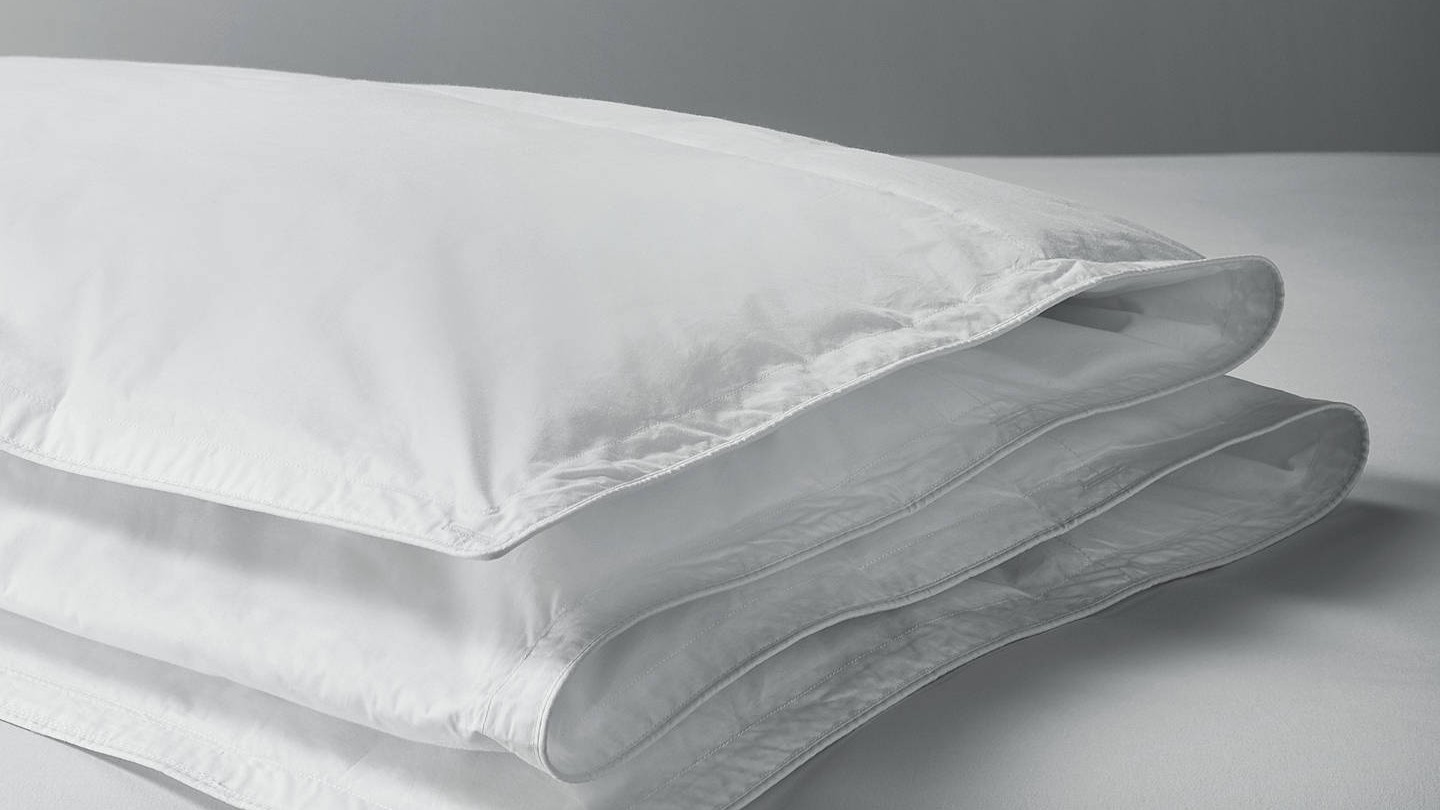
If you’re looking for something soft, fluffy and traditional, then you probably want a down duvet. Down is made from goose or duck feathers, is lightweight, and for many people, offers that cosy and 'wrapped up' feel that synthetic materials just can't replicate. Down retains heat well, which can be a positive if you tend to be cold at night and crave that warm, toasty feel. But if you run hot and cold in your sleep, or just sleep hot generally, you may end up overheating in summer.
Down duvets tend to be on the expensive side, which makes sense as there are animals involved (look for confirmation that the down is ethically sourced). Look after them properly, though, and they’ll probably last longer than a duvet with synthetic filling. Alternatively, you can find duvets that contain a mixture of down and other feathers; these tend to be cheaper, but less soft and fluffy. Also note that down duvets are a little more hassle than other types, as they typically can't be machine-washed and have to be professionally laundered.
Example: Check out our Scooms Hungarian Goose Down duvet review.
Synthetic duvets: pros and cons
There are a couple of types of synthetic stuffing to look out for: hollowfibre and microfibre. They have some similarities – namely, they're typically more affordable than duvets with natural fillings. Typically, they can be machine washed (some at or above the 60C temperature required to get rid of dust mites), are hypoallergenic, and vegan-friendly.
However, they can lose their tog value more quickly than duvets with natural fillings, and therefore don’t usually last as long. Because they're not natural, they're probably worse for the environment, too.
Sign up to the T3 newsletter for smarter living straight to your inbox
Get all the latest news, reviews, deals and buying guides on gorgeous tech, home and active products from the T3 experts
However, hollowfibre and microfibre duvets tend to perform differently in terms of comfort. Take a closer look below.
Hollowfibre duvets
The name for Hollowfibre comes from the large amount of space between the fibres. That quality makes the duvets breathable and less likely to retain heat than down.
Example: check out our Silentnight Airmax Duvet review.
Microfibre duvets
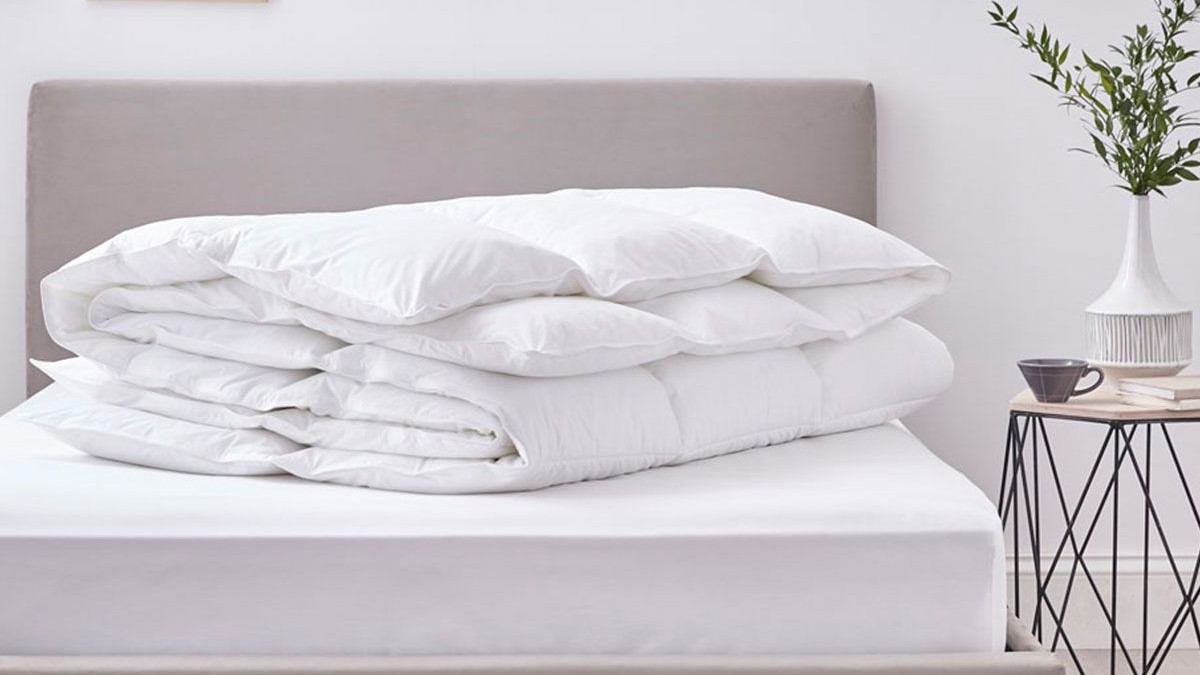
While microfibre is also a synthetic material, its strands are finer and more tightly woven than hollowfibre. The result is that microfibre duvets feel quite similar to down duvets, albeit lighter. Even high-tog microfibre duvets feel relatively light. This type of filling a great choice if you’re looking for something that’s as soft and comforting as down, but cheaper, lighter, hypoallergenic and vegan-friendly. Be warned though: like down, microfibre tends to retain heat, so you can run the risk of overheating in the summer if you're generally a warm sleeper.
Example: check out our Dusk Feels Like Down duvet review.
Wool duvets: pros and cons
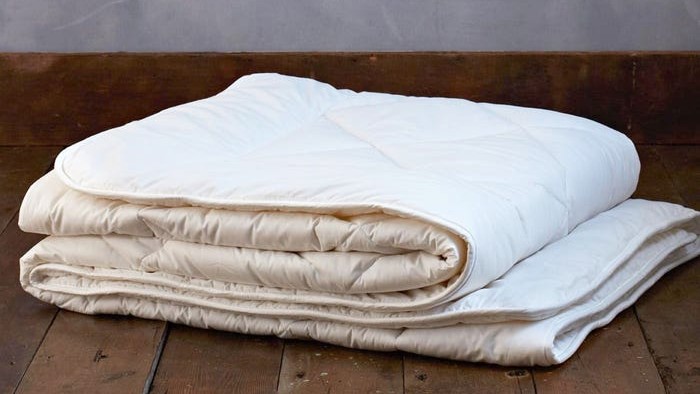
Wool is often used in duvets at the more expensive end of the market. It feels soft and luxurious, plus it’s more breathable than down, so is better at keeping your body at a consistent temperature through the night.
Wool is naturally hypoallergenic and resistant to dust mites, plus as a sustainable and biodegradable resource it’s better for the environment than synthetic fillings. Most wool duvets can be machine washed on a wool setting using a specialist detergent.
Silk duvets: pros and cons
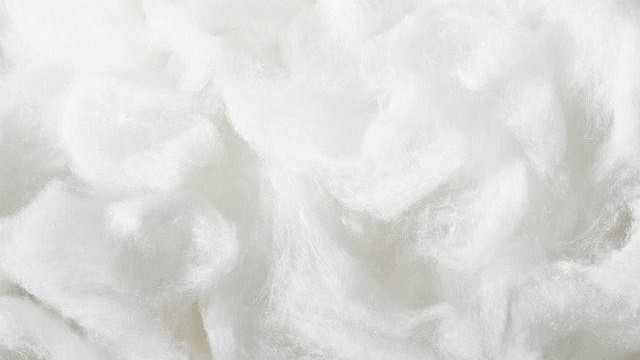
Another option if you have allergies but still want a natural filling in your duvet is silk. The feel of a silk duvet is softer and lighter than a down duvet.
Like wool duvets, silk duvets are hypoallergenic, breathable and good at temperature regulation. They also tend to be robust and durable. As you might expect, though, silk duvets are usually on the expensive side, and do need to be professionally laundered.
Bamboo duvets: pros and cons
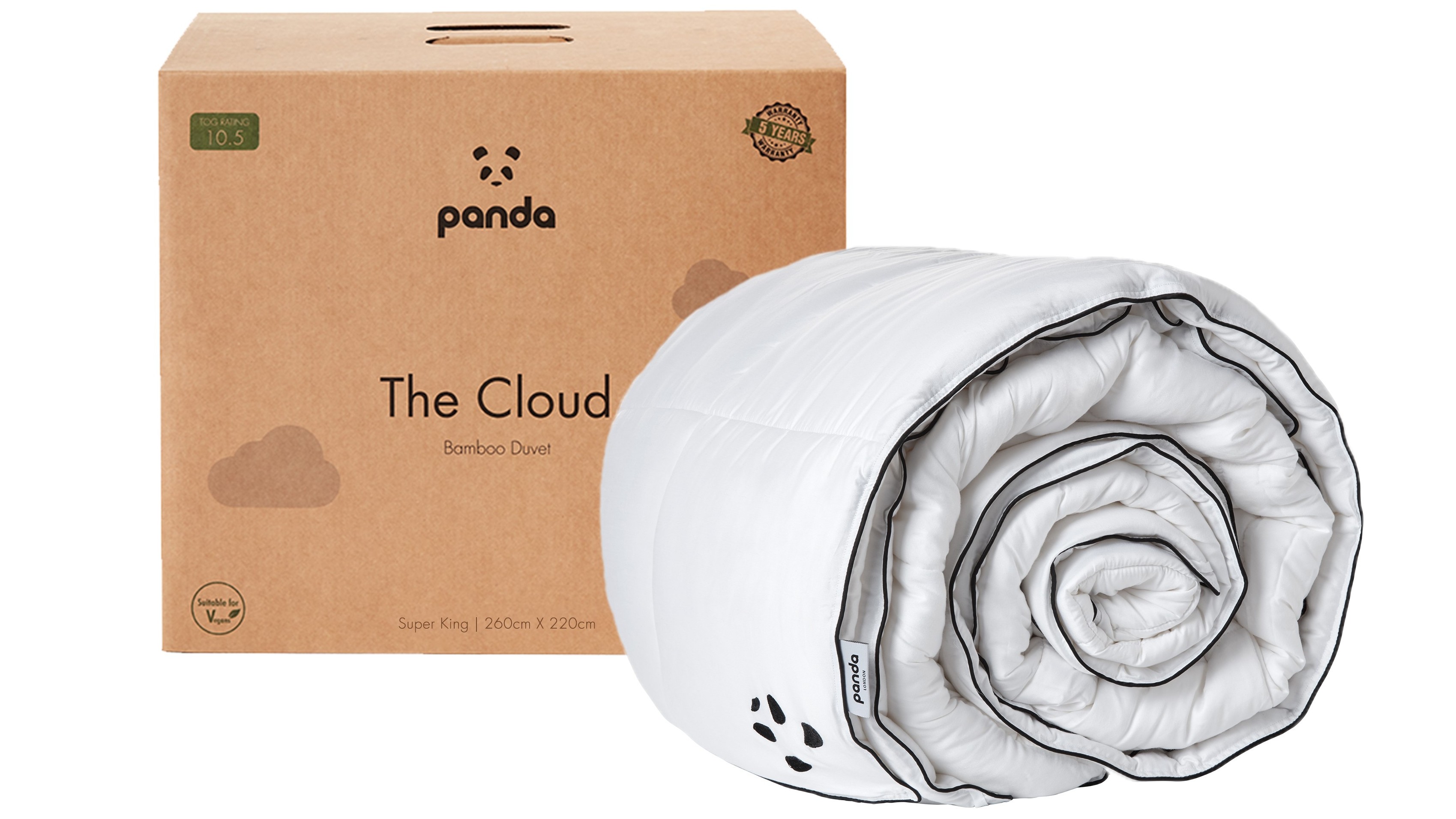
One of the trendiest types of duvet filling right now is bamboo. You might think of bamboo as tough and jagged, but when it's processed into a duvet filling, it’s actually incredibly soft and comfy.
While they tend to be on the expensive side, bamboo duvets are hypoallergenic, lightweight, breathable and good at temperature regulation. They're also vegan friendly and generally based on environmentally sustainable farming methods. Bamboo duvets can normally be washed in a washing machine at low heat.
Looking for a bamboo duvet? Head to our Panda Cloud Duvet review for more info on our top pick.
Tom May is a freelance writer and author of the book, Great Ted Talks: Creativity. He has been editor of Professional Photography magazine, associate editor at Creative Bloq, and deputy editor at net magazine. He has also worked for a wide range of mainstream titles including Radio Times, NME, Heat, Company and Bella.
-
 New Nothing phone does something iPhone and Samsung don't – but there's a catch
New Nothing phone does something iPhone and Samsung don't – but there's a catchYou have to live in a certain country to benefit
By Britta O'Boyle Published
-
 The Last of Us season 2 isn't the best, according to viewers
The Last of Us season 2 isn't the best, according to viewersCritics and viewers are at odds with The Last of Us season 2's premiere
By Mike Lowe Published
-
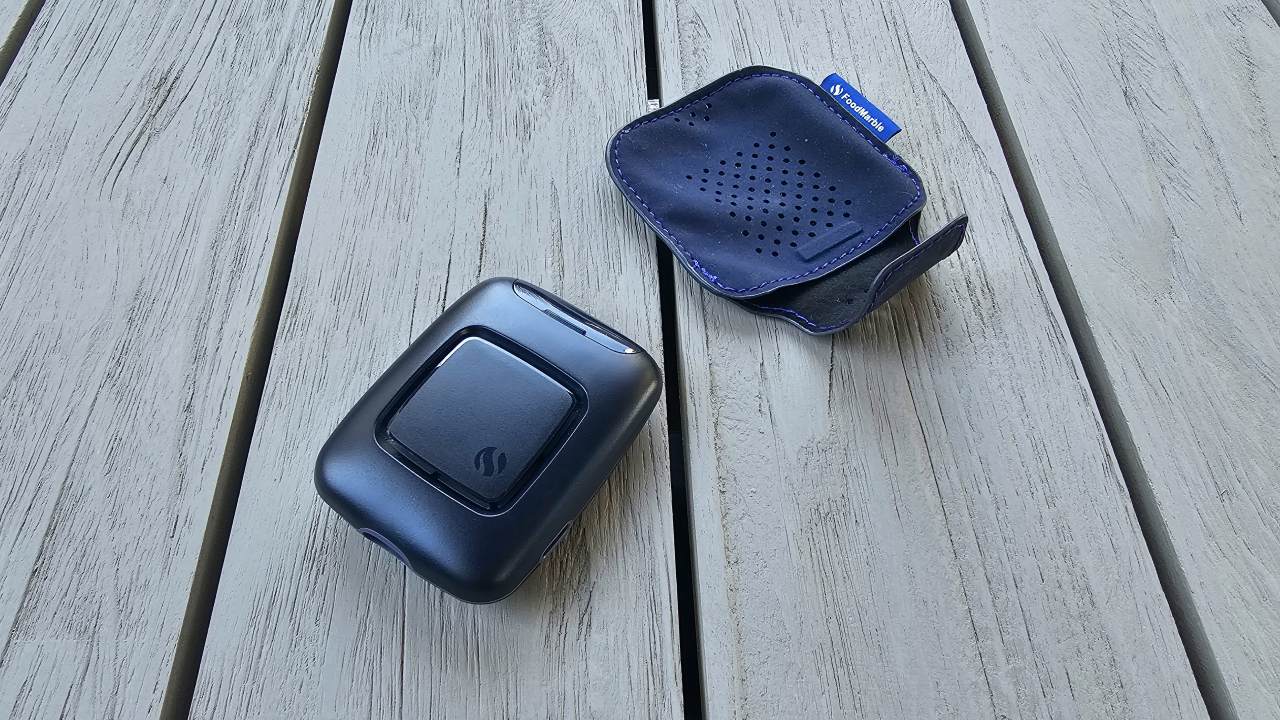 I spent 6 weeks with the FoodMarble Aire 2: here’s what I learned about my gut health
I spent 6 weeks with the FoodMarble Aire 2: here’s what I learned about my gut healthI’ve been testing the clever breath-testing gadget with the companion app over several weeks to find out if it delivers on its promises
By Lee Bell Published
-
 Oil pulling is going viral on TikTok for stopping morning breath – but does it actually work?
Oil pulling is going viral on TikTok for stopping morning breath – but does it actually work?4 hacks that prevent morning breath, according to a sleep expert
By Bethan Girdler-Maslen Published
-
 These limited edition McLaren x Loop earplugs are what you need for Formula 1 season
These limited edition McLaren x Loop earplugs are what you need for Formula 1 seasonMcLaren teams up with Loop on limited edition noise-reducing earplugs
By Bethan Girdler-Maslen Published
-
 5 sleep supplements that help me achieve 8+ hours of rest every night
5 sleep supplements that help me achieve 8+ hours of rest every nightIt took me years to perfect my sleep routine – here are the supplements that helped
By Lizzie Wilmot Published
-
 3 reasons why you wake up at 3am every night – and how to avoid it
3 reasons why you wake up at 3am every night – and how to avoid itAlways waking up in the middle of the night? This could be why…
By Bethan Girdler-Maslen Published
-
 This tiny device will automatically disable your distracting apps before you sleep
This tiny device will automatically disable your distracting apps before you sleepSay hello to Kip...
By Lizzie Wilmot Last updated
-
 Therabody experts give 7 tips for perfecting your sleep routine for World Sleep Day
Therabody experts give 7 tips for perfecting your sleep routine for World Sleep DayFrom breathing exercises to sleep masks, here’s how to prioritise sleep, according to experts
By Bethan Girdler-Maslen Published
-
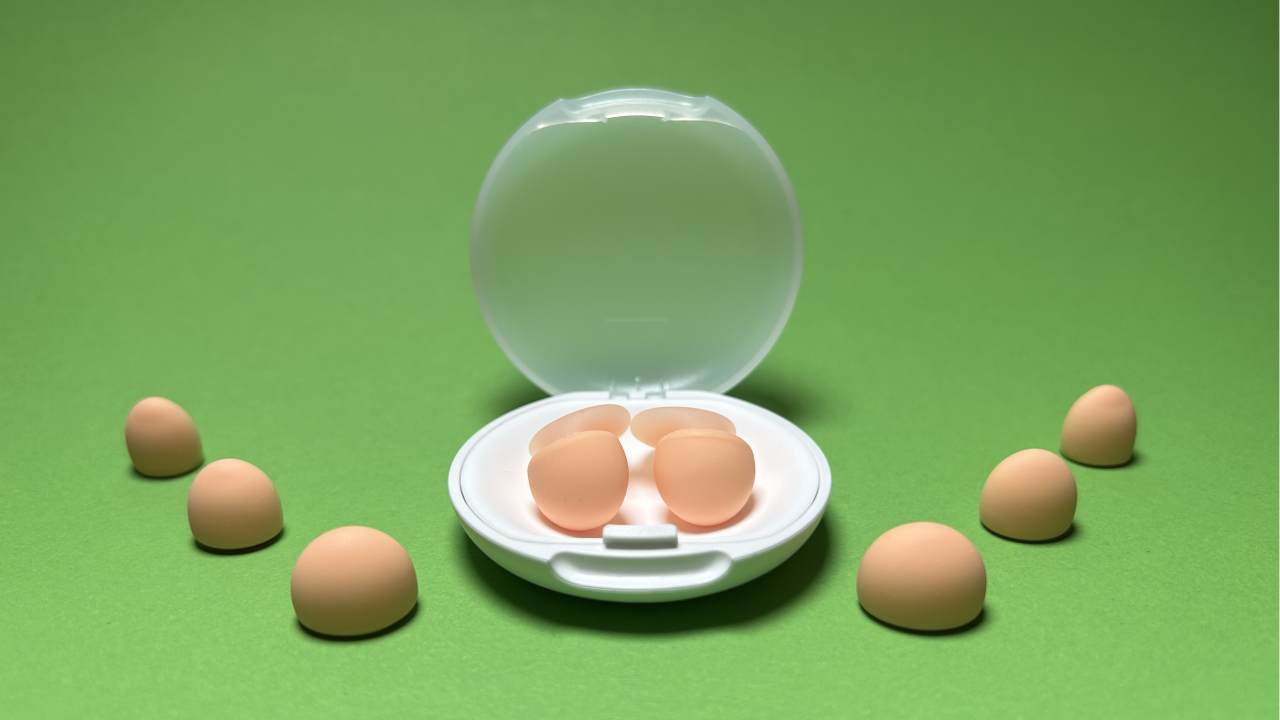 Loop Dream review: super soft earplugs to help you snooze soundly, even if you’re a side sleeper
Loop Dream review: super soft earplugs to help you snooze soundly, even if you’re a side sleeperSquishy silicone and uniquely shaped ear tips take Loop’s nighttime earplugs to dreamy heights
By Joanna Ebsworth Published
